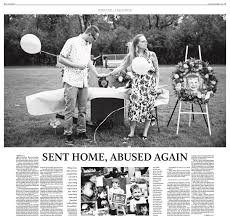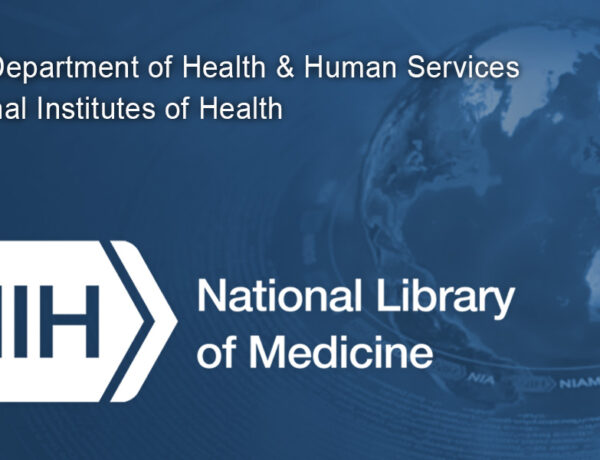“Every year, Minnesota judges remove thousands of endangered children from their parents’ care. They often do so after county workers have documented horrific acts of abuse and neglect.
Most of those children are eventually sent back home.
Some don’t survive the reunion.
A 2-year-old girl was beaten to death by her mother when she wouldn’t stop crying at bedtime.
A 17-year-old girl died by suicide after enduring years of physical and sexual abuse by her parents.
A toddler approaching his first birthday died from an overdose of fentanyl and methamphetamine in the back seat of a stolen car after his father fled the scene.
At least 15 children have died from maltreatment or by suicide during the past decade after being reunited with their caregivers, records show.
Hundreds more endure brutal beatings, sexual abuse and other forms of maltreatment after judges send them back into harm’s way in the care of their parents.”
– The Star Tribune
In Minnesota the child protection system is being scrutinized for not effectively safeguarding children, with at least 86 children dying from maltreatment after the system failed to protect them.
Over the course of the last couple of years, the Star Tribune conducted a thorough investigation and released a four part article series called, “In Harm’s Way,” that reveals Minnesota’s child protection system’s failures, emphasizing its tendency to prioritize family reunification over child safety, leading to tragic outcomes. Through detailed cases, the series illustrates systemic issues and the consequences of inadequate protections and oversight.
Part 1: Reunification at all costs
Dive into The Star Tribune’s revealing investigation, “In Harm’s Way,” a series unmasking the failings of Minnesota’s child protection system. Part 1 spotlights the dangerous preference for family reunification over child safety, showcasing how this approach leads to devastating outcomes. With an in-depth look at systemic issues, inadequate protections, and oversight, the series is a call to action for reevaluating practices to safeguard children’s well-being. For an insightful read and to grasp the full extent of these critical findings, visit the Star Tribune’s website.
Part 2: High-risk cases get low-risk treatment
Part 2 sheds light on the critical mismanagement of abuse and neglect cases through the Family Assessment program. It uncovers the stories of families like Jayma Lawson’s, whose serious reports of abuse were repeatedly overlooked. This investigative piece calls for urgent reforms and provides a deep dive into systemic failures, emphasizing the need for a better approach to protect vulnerable children. For a comprehensive look at the findings and the compelling stories behind the statistics, reading the full article is highly recommended.
Part 3: An inadequate approach to drug abuse
Part 3 of the Star Tribune’s investigative series reveals the critical gaps in Minnesota’s system for helping parents with addiction, emphasizing how these shortcomings impact their children. Highlighting personal stories and systemic challenges, the article delves into the state’s inadequate support and coordination for families affected by substance use, leading to severe consequences for the youngest and most vulnerable. This piece is a must-read for anyone interested in understanding the complex interplay between addiction, child welfare, and the quest for effective solutions. For a deep dive into these pressing issues, I highly recommend reading the full article.
Part 4: Hennepin County sees change
In Part 4 of the Star Tribune’s “In Harms Way” series, discover how Hennepin County’s child protection system made groundbreaking improvements to reduce repeat child abuse, marking a significant transformation from its troubled past. This article from the Star Tribune explores innovative strategies, including enhanced staff training, better resource allocation, and a more thoughtful approach to case reviews. A must-read for those interested in child welfare reforms and the potential lessons for other regions striving for better outcomes. For a comprehensive look at the changes and their impact, reading the full article is highly recommended.


No Comments